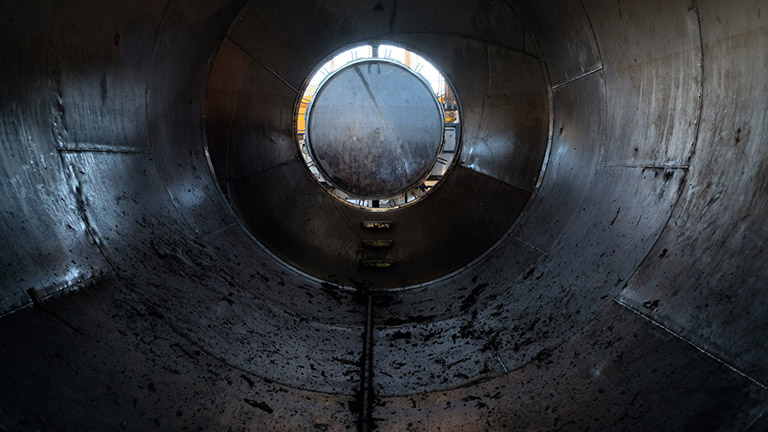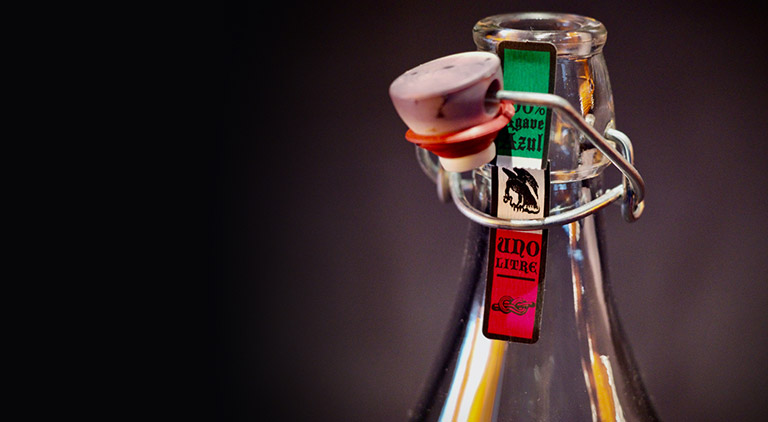
Distillation
Where the Magic Happens
Master Distiller Germán slow cooks the agaves for over 20 hours to achieve the greatest conversion of sugars possible without losing the flavors of the soil, where the agaves grew for at least 8 years.

Requiring a careful combination of patience, care, and love, the process of creating Tears of Llorona starts with 100% pure Weber Agave Azul grown in the volcanic slopes of the Mexican highlands, where agaves grow slowly and naturally to achieve a higher starch content. Germán personally inspects each plant before harvesting and then slow-roasts the piñas the traditional way before fermenting using a proprietary yeast.
The fermented mosto, or must, is then distilled twice in traditional copper pot stills and aged in three distinct types of oak barrels— Scotch, Sherry Oak, and Brandy — for five years, which is two years longer than most traditional extra añejos.

Distillation
Master Distiller Germán slow cooks the agaves for over 20 hours to achieve the greatest conversion of sugars possible without losing the flavors of the soil, where the agaves grew for at least 8 years.
Aging Process
Aged for five years in three types of barrels, including scotch, brandy, and Sherry oak barrels, Tears of Llorona is then masterfully blended by Germán, delivering a layered tasting experience with a complexity of flavors. Germán then bottles at 43% specific gravity to balance the flavors. This slow, hand-crafted process results in a very high rate of osmotic loss, known as the “angels’ tears”; another reason for the name, Tears of Llorona.

Family's Private Reserve
While many aged spirits are discerned by the year in which they were released, each small batch, or lote, of Tears adorns a unique icon on the bottle’s neck label—one which often tells a story about the product or the maker.
@tearsofllorona